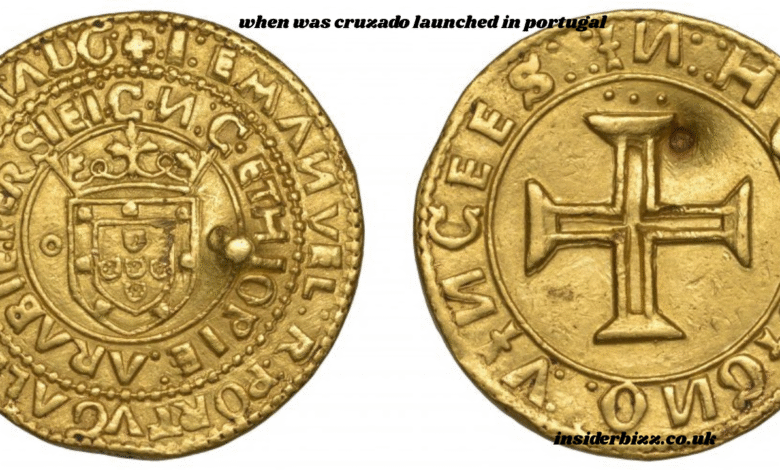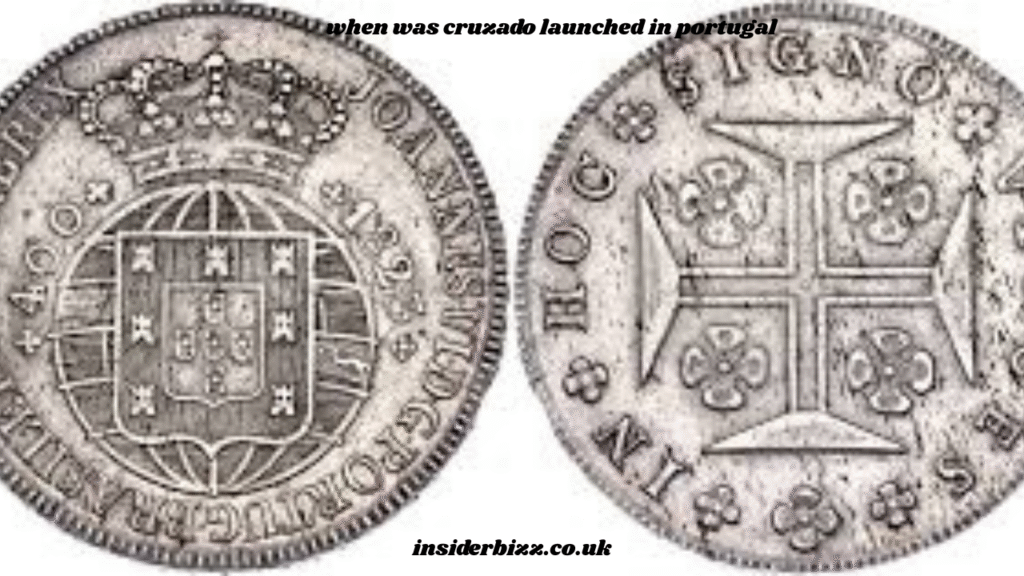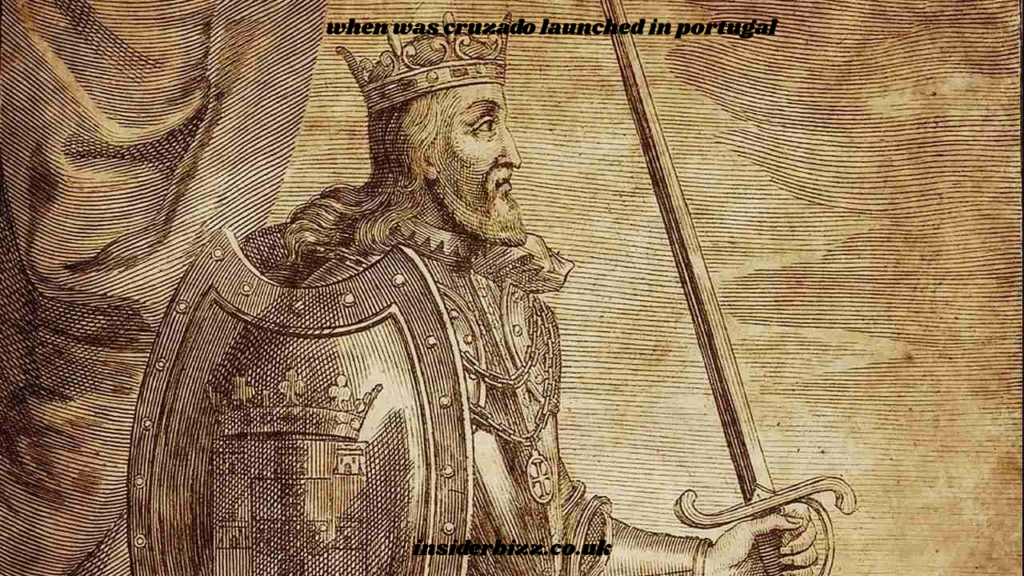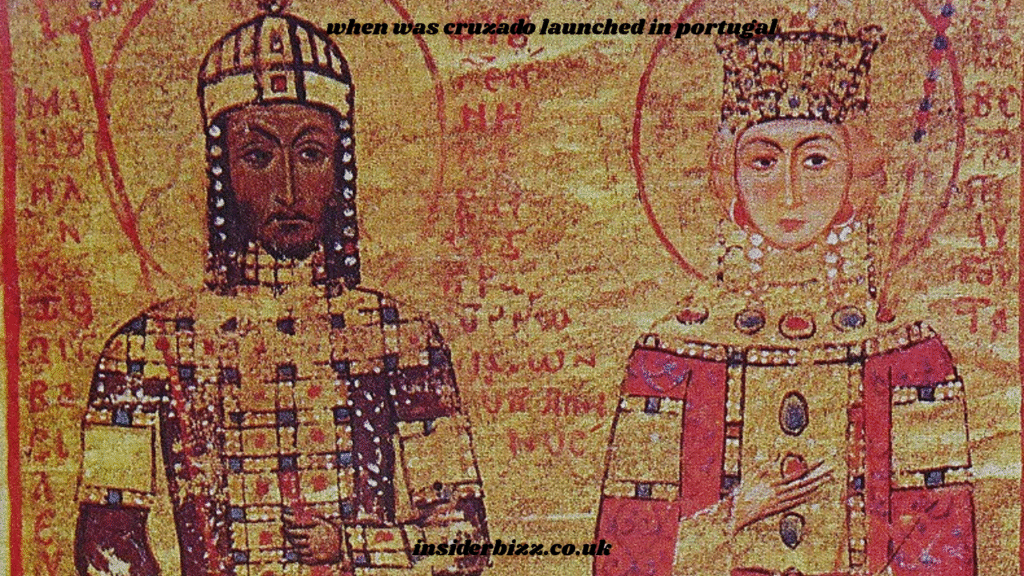
When Was Cruzado Launched in Portugal: A Comprehensive Historical Overview
The question “when was Cruzado launched in Portugal” delves into a significant chapter of Portuguese monetary history. The Cruzado was not merely a coin; it represented the economic, political, and cultural developments of Portugal over several centuries. This article explores its origins, evolution, usage, and lasting impact, providing a detailed narrative for those interested in Portuguese history and numismatics.
Origins of the Cruzado in Portugal

The Cruzado was officially launched in 1457 during the reign of King Afonso V of Portugal. This coin was initially introduced as a gold currency to support military campaigns, particularly those associated with the Crusades. Its name, “Cruzado,” derives from the prominent Christian cross engraved on its face, symbolizing both religious and political authority.
Weighing approximately 3.5 grams, the early Cruzado was notable for its gold purity. Its design reflected the Christian identity of Portugal at the time, underscoring the intersection of faith and governance in medieval Europe.
The Role of the Cruzado Under King João II

During the reign of King João II (1481–1495), the Cruzado maintained its importance in Portugal’s economic system. The coin was further refined in design and quality, ensuring its acceptance not only within Portugal but also in international trade.
The Cruzado played a critical role in facilitating commerce, as Portugal was emerging as a maritime and trading power during this period. Its stability as a currency contributed to Portugal’s ability to fund explorations and expand its influence overseas.
Expansion During King Manuel I’s Reign

King Manuel I (1495–1521) presided over Portugal during the Age of Discovery, and the Cruzado flourished under his rule. The coin was minted in large quantities to support the rapidly growing economy and overseas ventures.
The Cruzado became a symbol of Portugal’s wealth and international influence. It was widely circulated and accepted in foreign markets, reflecting the strength of Portugal’s trade networks across Africa, Asia, and the Americas.
Introduction of Silver Cruzados
By the 17th century, Portugal faced economic pressures that required adaptation in its monetary system. During King João IV’s reign (1640–1656), silver Cruzados were introduced alongside gold coins to meet increasing demands for currency.
These silver Cruzados weighed around 23 grams and were assigned a value of 400 réis. They helped stabilize the economy during a period marked by war, political upheaval, and the challenges of maintaining overseas territories.
The Decline and Discontinuation of the Cruzado
Despite its long-standing role in the Portuguese economy, the Cruzado gradually declined in significance. By the early 19th century, economic reforms and modernization of the currency system rendered the Cruzado obsolete.
In 1837, Queen Maria II implemented a decimal-based monetary system, replacing the Cruzado with the Portuguese real. This reform aimed to simplify financial transactions and align Portugal with emerging international standards, effectively ending the Cruzado’s circulation.
Numismatic Legacy of the Cruzado
Though no longer in circulation, the Cruzado remains highly valued by collectors and historians. Its designs, weights, and metal composition provide critical insight into the economic history of Portugal.
Cruzados are preserved in museums and private collections, showcasing Portugal’s craftsmanship in coinage and its economic strategies over several centuries. The coin’s imagery and inscriptions also offer a window into the religious and political priorities of historical Portugal.
Economic and Cultural Significance
The Cruzado was more than just currency; it was a reflection of Portugal’s broader socio-economic and cultural context. By examining the Cruzado, historians can better understand trade patterns, monetary policy, and the financial foundations that supported Portugal’s maritime expansion.
Its role in funding wars, trade expeditions, and colonial administration highlights the intrinsic link between money and national strategy. The introduction, adaptation, and eventual discontinuation of the Cruzado illustrate the dynamic nature of economic systems and the importance of currency in shaping historical outcomes.
Conclusion
The Cruzado, launched in 1457, represents a key milestone in Portuguese history. From its origins under King Afonso V to its widespread use under King Manuel I and eventual replacement in the 19th century, the Cruzado was central to Portugal’s economic, cultural, and political life.
While the coin is no longer in circulation, its legacy endures through historical records, collections, and continued study. Understanding when was Cruzado launched in Portugal provides a lens to appreciate Portugal’s monetary evolution and its impact on global history.
Also Read : Terratrike Maverick vs Trident Spike: A Comprehensive Comparison for Enthusiasts



